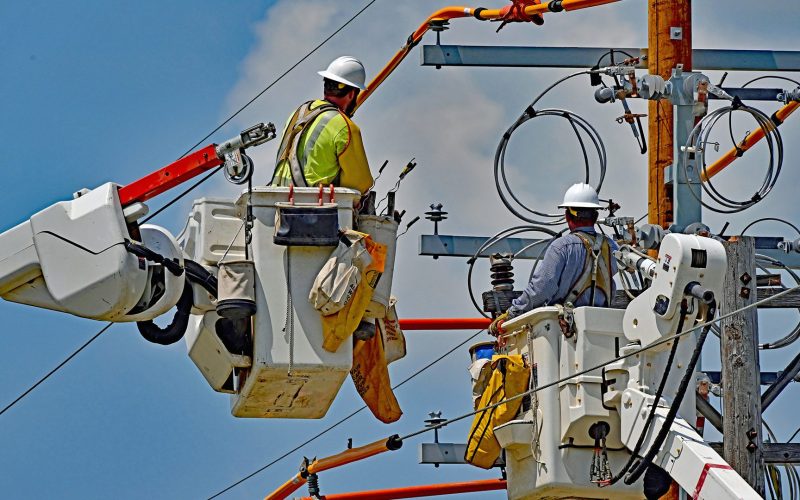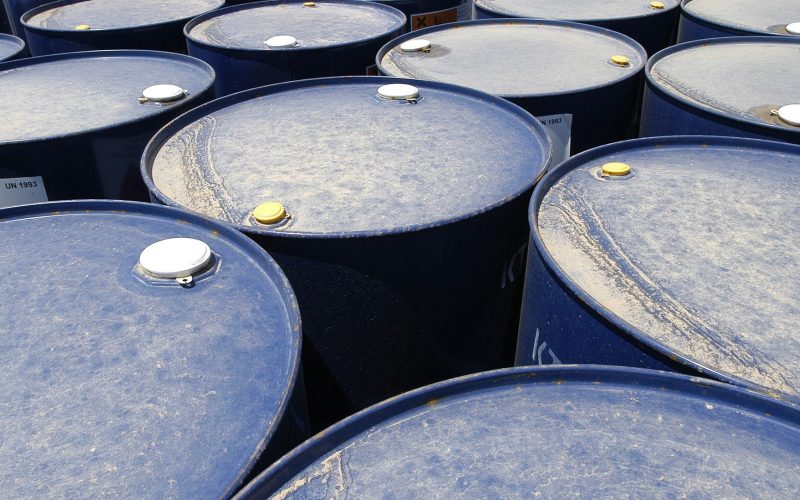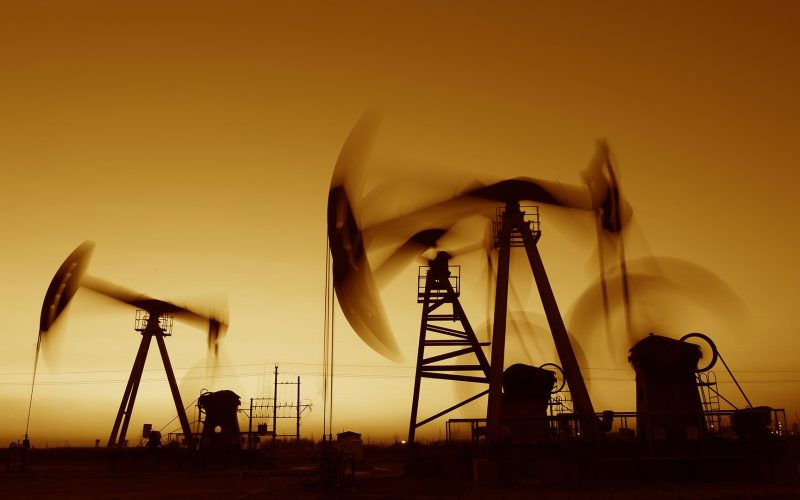THE VOICE FOR THE ENERGY CONSUMER

Chris Ventura, Midwest Director of Consumer Energy Alliance, underlines the importance of keeping extreme activists’ actions in check. “Time and again we have seen extremists sabotage facilities, trespass, attempt to.

As the COVID-19 pandemic continues to change the way we live and work, Americans are starting to find a new normal with their routines. As part of the new normal,.

As part of our chronicling of everyday work in extraordinary times, we’re highlighting workers that risk their safety on the frontlines of the coronavirus. We know that our first responders.

Continuing our series on everyday work in extraordinary times, we wanted to really home in on more examples of utility companies that are working hard to ensure that consumer bills.

Albany, NY – Consumer Energy Alliance (CEA), the nation’s leading consumer advocate in support of sensible energy and environmental policy, released the following statement in response to the New York.

As our healthcare workers and first responders continue to fight COVID-19, the Administration continues to focus on how the CARES Act and additional economic stimulus measures can help support Americans.

Last Wednesday, Congress eliminated the scheduled purchase of 30 million barrels of oil for the Strategic Petroleum Reserve, something Senate Minority Leader Chuck Schumer called a “$3 billion bailout for.

In the world of energy, climate and national politics, the Green New Deal is the foundation stone for other similarly single-minded policies designed to appeal to a narrow subset of.

U.S. Secretary of Energy Dan Brouillette announced that the Department of Energy is making the Strategic Petroleum Reserve Storage Capacity available to U.S. oil producers. The critical economic impacts of.

As CEA continues to advocate for access to affordable, reliable energy, we’ve found that low-income households rely heavily on natural gas for that affordability. This is an issue that civil.